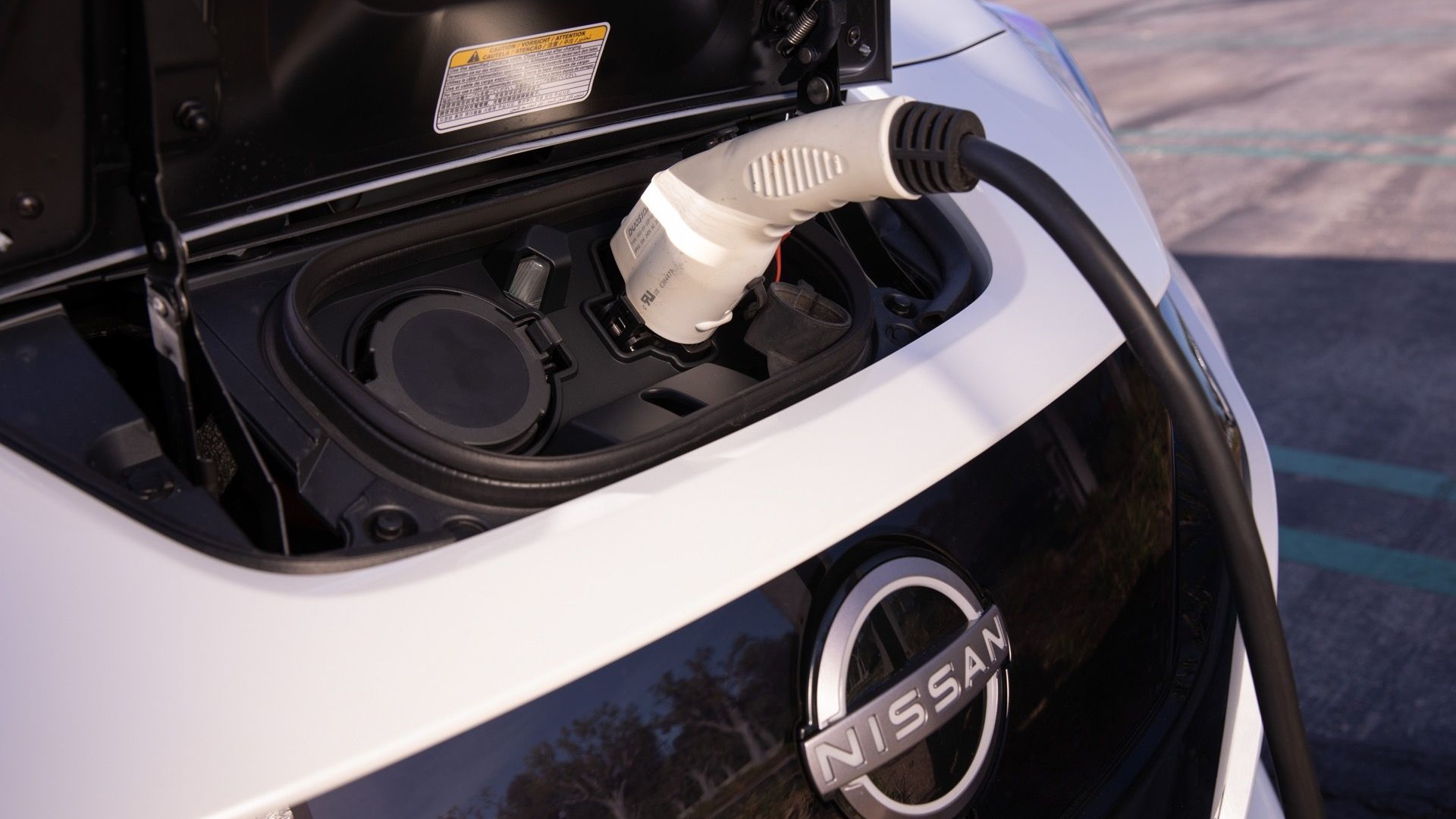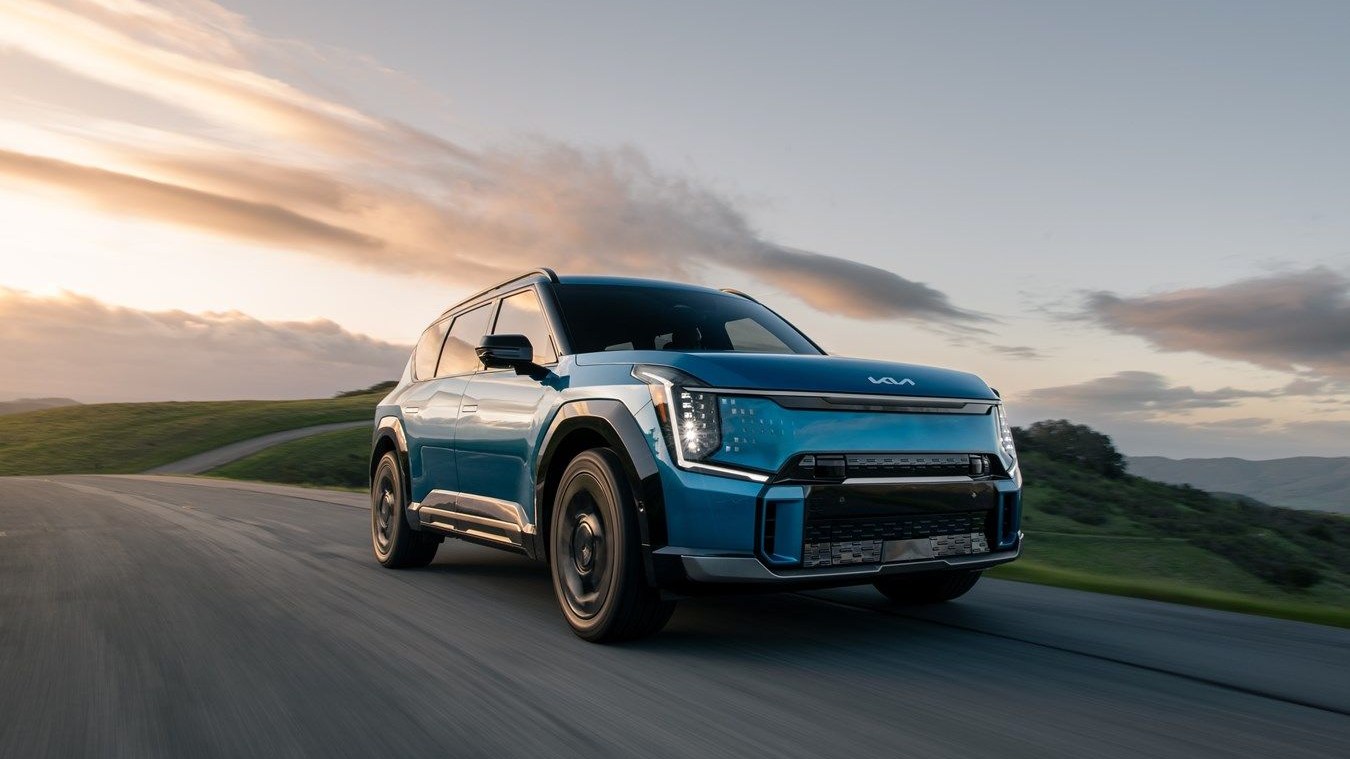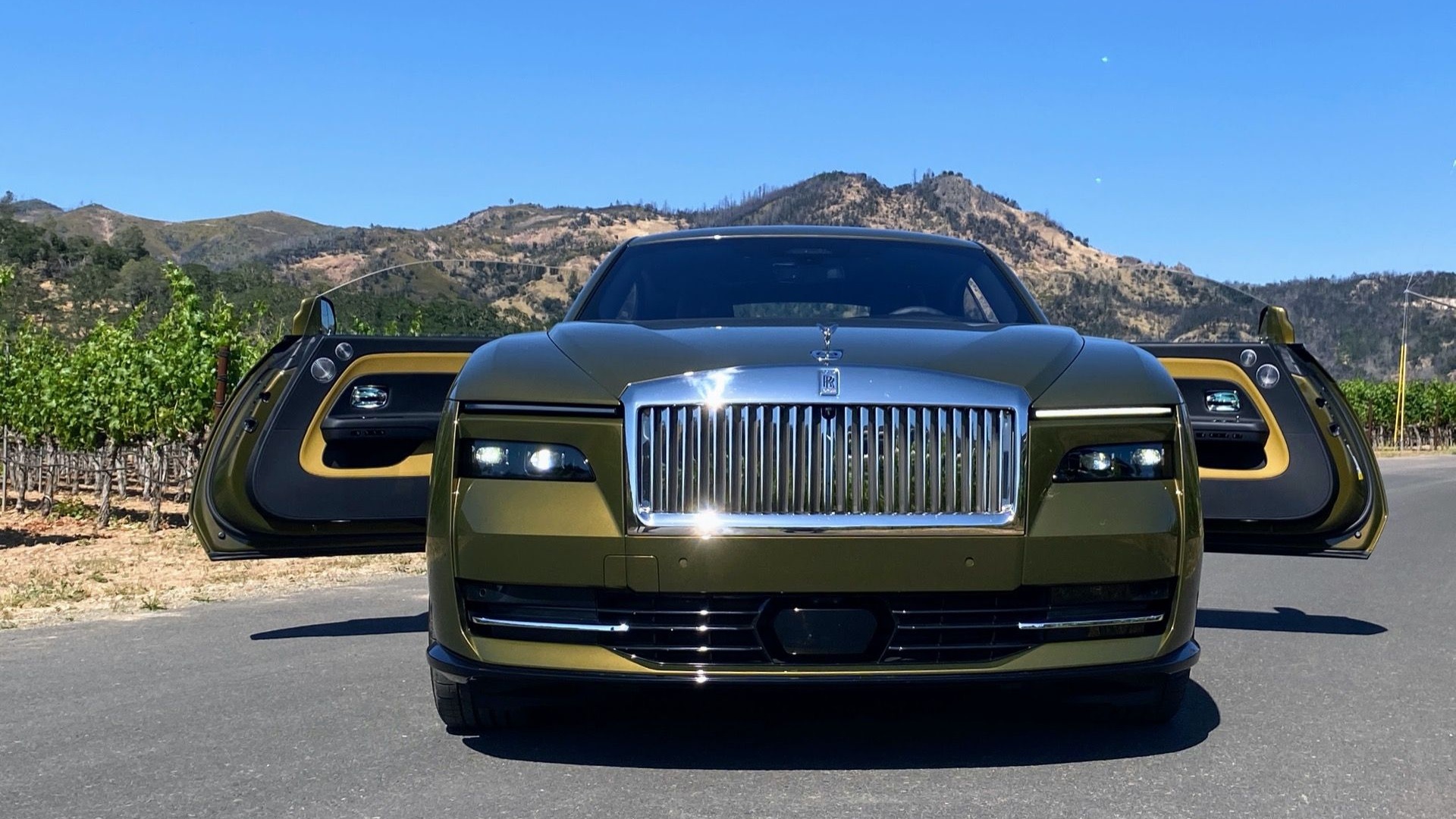Volvo has no plans to change its current strategy of styling electric cars like its internal-combustion models, Florian Mockenhaupt, the automaker's senior manager of exterior design, said in an interview with Australia's Drive.
"Everything still has to look like a Volvo," Mockenhaupt said, adding that Volvo is still chasing reductions in aerodynamic drag that can help improve EV range. But it won't resort to nontraditional designs like the Mercedes-Benz EQS, which now sports a fake grille and a hood ornament in an effort to look more like other Mercedes sedans.
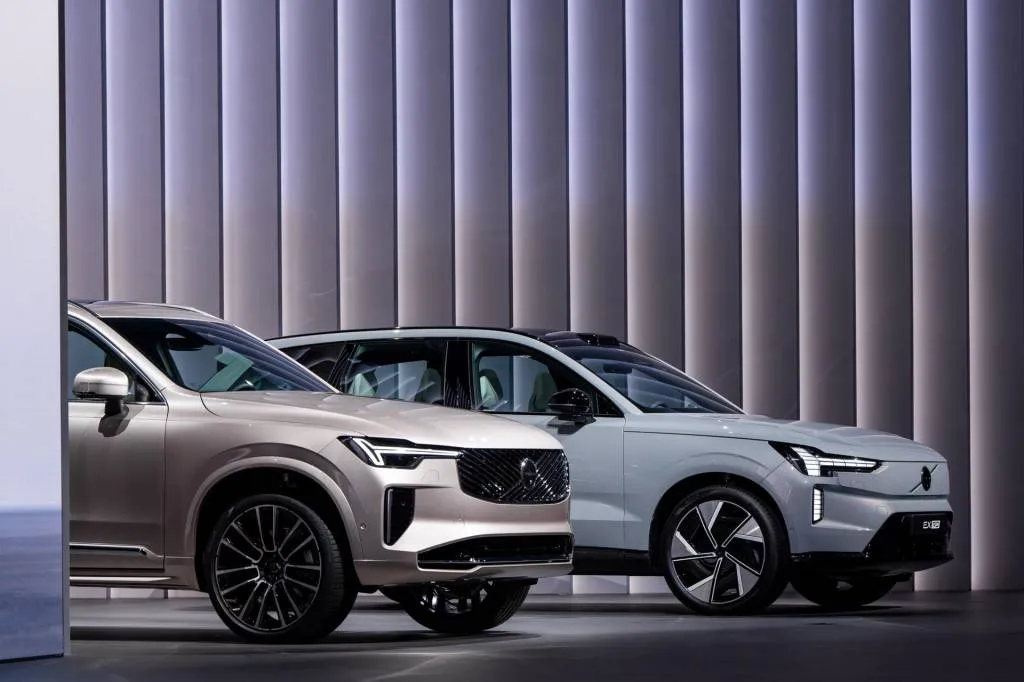
2025.5 Volvo XC90 and 2025 Volvo EX90
Maintaining a familial look that links future Volvo models to their predecessors is important, Mockenhaupt said, but also comes with practical considerations. Super-sleek designs might compromise interior space, he noted.
"We know people love spacious interiors, so you will never see a Volvo XC90 or EX90 with a super slammed roof, because it's not fitting our customers' expectations," Mockenhaupt said. The EX90 3-row SUV emphasizes that approach with a styling reboot that maintains traditional SUV proportions. Some of the same design features also carry to the smaller Volvo EX30, which has been delayed in the U.S. due to new tariffs.
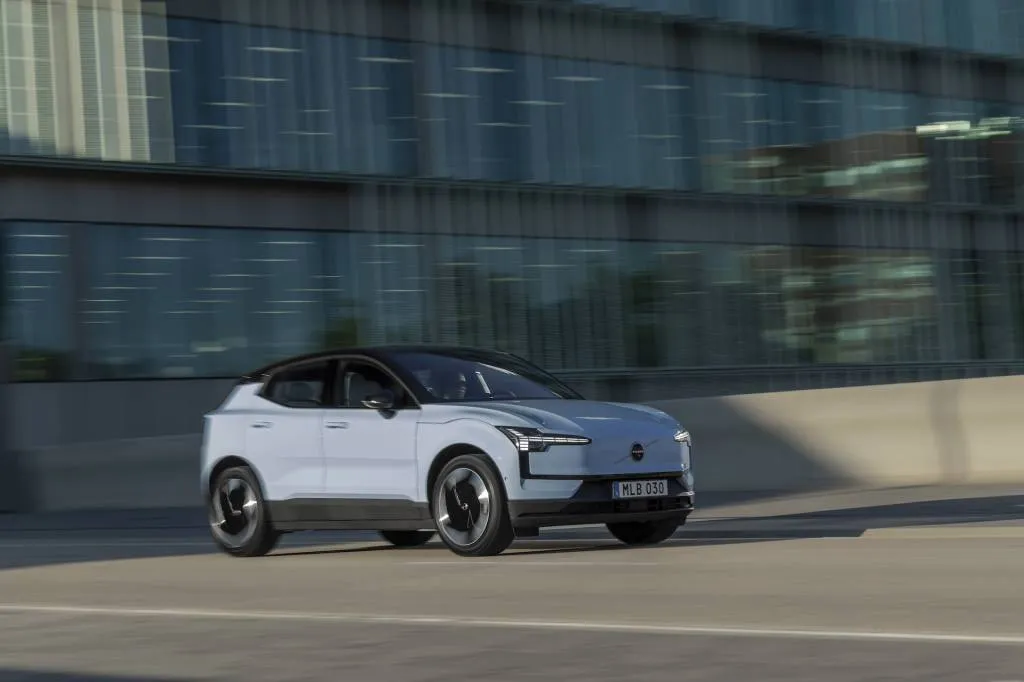
2025 Volvo EX30 electric SUV (single-motor, Cloud Blue)
Volvo recently announced that it's lineup won't be all-electric by 2030 as originally planned, but still expects 90% of the vehicles it sells to have a plug by that point. Plug-in hybrids will continue to play an important role in Volvo's lineup, with additional EVs as well.
Among those new EVs will be the EX60, an electric counterpart to the XC60 SUV launching in 2026 that will debut a new scalable architecture called SPA3, and the ES90 sedan. They'll give Volvo's design team more opportunities to prove that this design direction is the right one.
